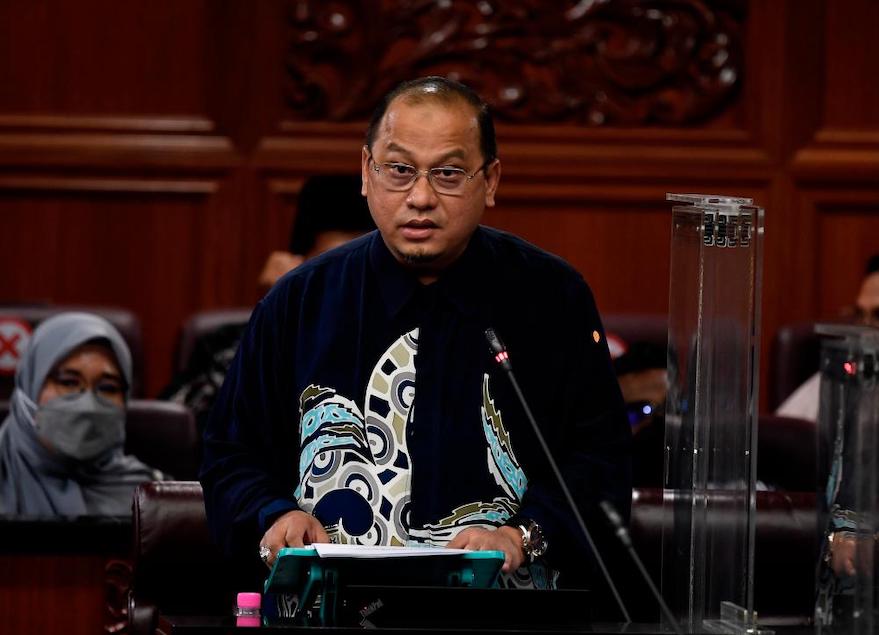SEOUL, South Korea — Malaysia is developing a national space blueprint to drive the growth of its space sector, particularly the manufacturing of remote-sensing satellites, satellite components and data-driven downstream services.
During a Dec. 13 parliamentary hearing, a deputy minister shared the latest update on the “Malaysia Space Exploration 2030” blueprint being fleshed out by Malaysia’s Ministry of Science, Technology and Innovation.
The deputy minister overseeing the effort, Datuk Ahmad Amzad Hashim, said the blueprint outlines a 10-year strategy in line with Malaysia’s National Space Policy 2030. The policy, adopted in 2017, recognizes the importance of space technologies for the country’s economic growth and national security.
While Ahmad Amzad didn’t say when the finalized blueprint would be published, he said one of its core initiatives seeks to position Malaysia to develop remote sensing satellites on its own. “This program will be implemented through a public-private partnership that is aimed at creating opportunities for strategic cooperation between the government and local industry in the development of locally made satellite technology,” Ahmad Amzad said, according to a local media report.
This program, he said, would lead to the growth of a satellite component manufacturing industry as well as a satellite data-driven downstream sector. Ahmad Amzad said the government had developed “advanced space technology infrastructure” that meets international standards, including satellite installation, integration and testing facilities, a satellite mission control facility in Banting, and a remote sensing satellite ground station in Temerloh.
To bolster international cooperation, he said, Malaysia will seek to sign memoranda of understanding with “agencies of excellence in developed countries in the field of space technology.” He said these MOUs would help “enhance the country’s capabilities in research, development, commercialization and innovation through the transfer of advanced space-related technologies such as satellite technology, launchers, antenna systems, and artificial intelligence technologies related to big data processing for expertise development in the local industrial sector.”
According to the Malaysian government’s statement submitted to the United Nations in October 2020, it hopes the country’s space sector would contribute to 0.3 percent of GDP and employ 500 knowledge workers by 2030.
The Malaysian Space Agency was established in December 2019 by merging the National Space Agency (ANGKASA) and the Malaysian Remote Sensing Agency (MYSA) to improve the efficiency of delivering government services in the space sector.
